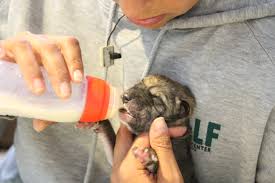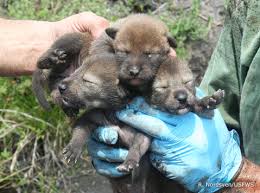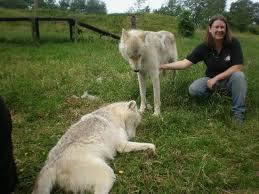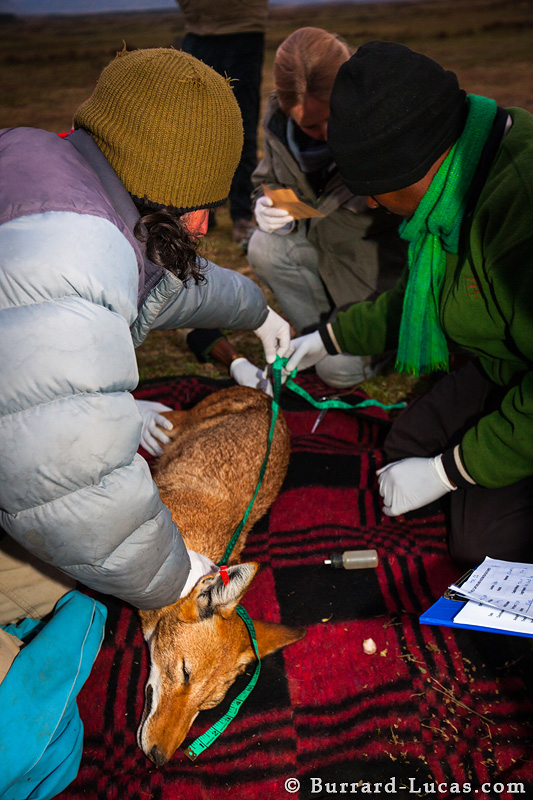
Adaptable gray wolves are by far the most common and were once found all over the Northern Hemisphere, but wolves and humans have a long adversarial history. Though they almost never attack humans, wolves are considered one of the animal world's most fearsome creatures. They do attack domestic animals, and countless wolves have been shot, trapped, and poisoned because of this.
In the lower 48 states, gray wolves were nearly hunted to extinction, though some populations survived and others have since been reintroduced. Few gray wolves survive in Europe and many live in Alaska, Canada, and Asia.

While they are a distinct species, their interactions with coyotes pose a serious risk of hybridization. Coyotes have moved into the habitat range occupied first by the red wolf and they now compete with them for resources. Though the smaller coyotes pose no direct challenge to red wolf territory, any potential offspring between coyotes and red wolves endangers their long-term viability as a unique species. Thankfully, wildlife managers took precausions, such as sterilizing territorial coyotes, that are limiting hybridization events, and giving red wolves the advantage and opportunity to increase their numbers.

Unfortunately, hunters have begun to kill far too many Arctic animals causing a decline in both population and biome health. The decline is causing swells of increased population with other organisms such as primary consumers.
The process of creating products and energy are emitting pollutants into our atmosphere, this is causing the overall temperature in the global to rise. Melting much of the ice in the Arctic damaging the habitats of many organisms.

The Ethiopian Wolf is in dire need of protection with about 550 adult wolves remaining; however, it is very hard to accurately count them due to their movements so this is an educated guess based upon careful research. While they are protected by law, it is very hard to enforce those laws in Ethiopia.
Due to the number of individuals there that now possess guns, the killing of Ethiopian Wolves for food is easier than before. Some villagers take part in it because they have no other way to feed their families.
Grey Wolf Conservation Info